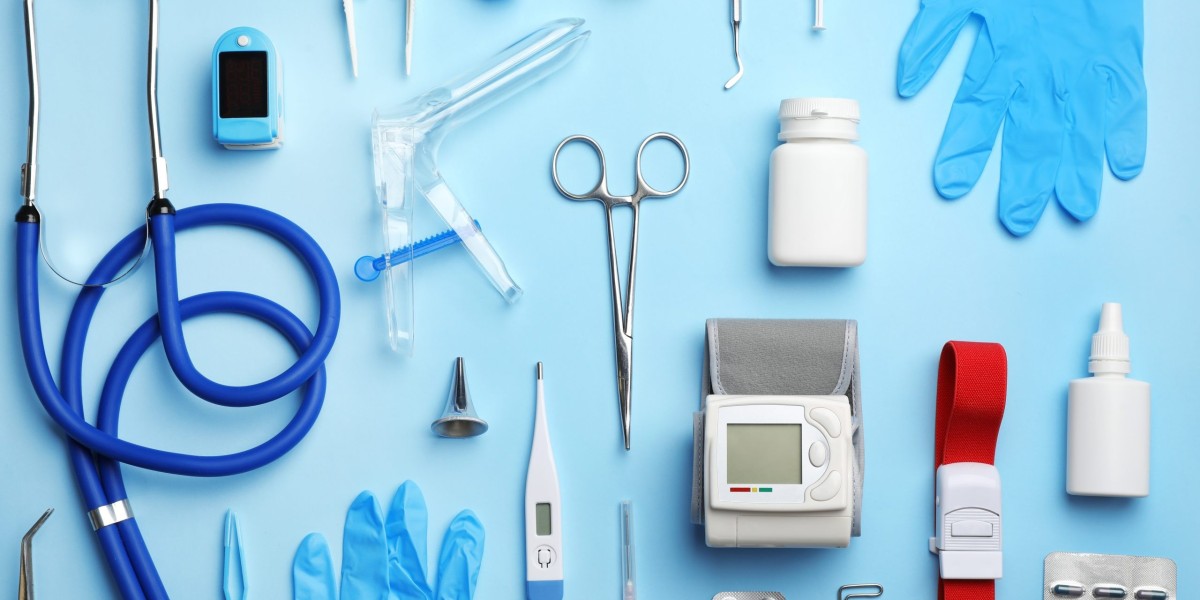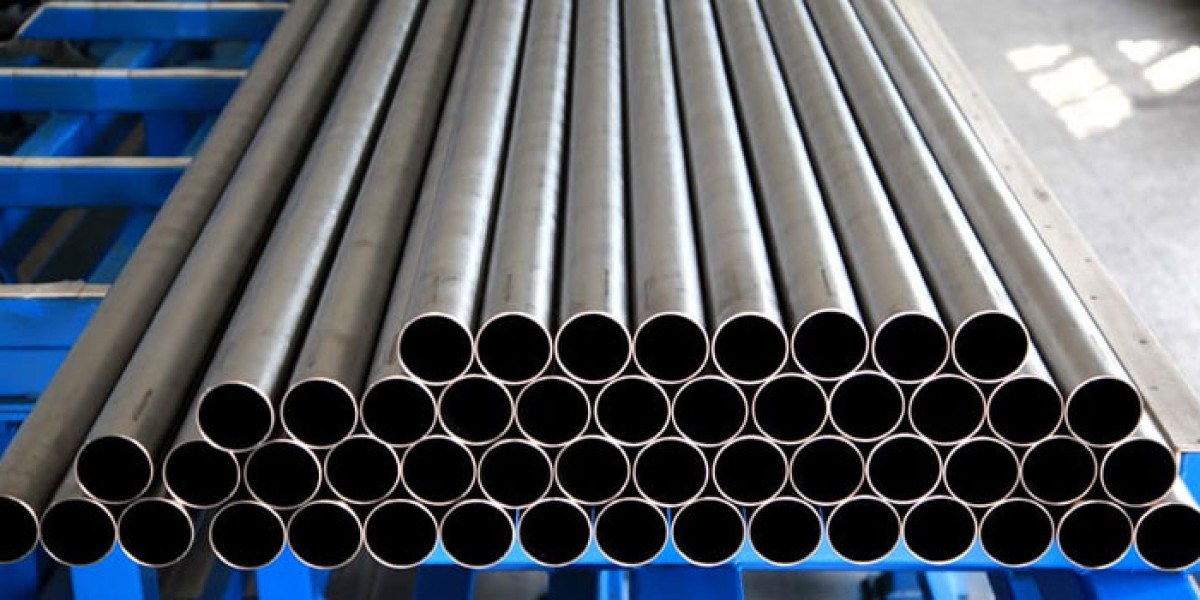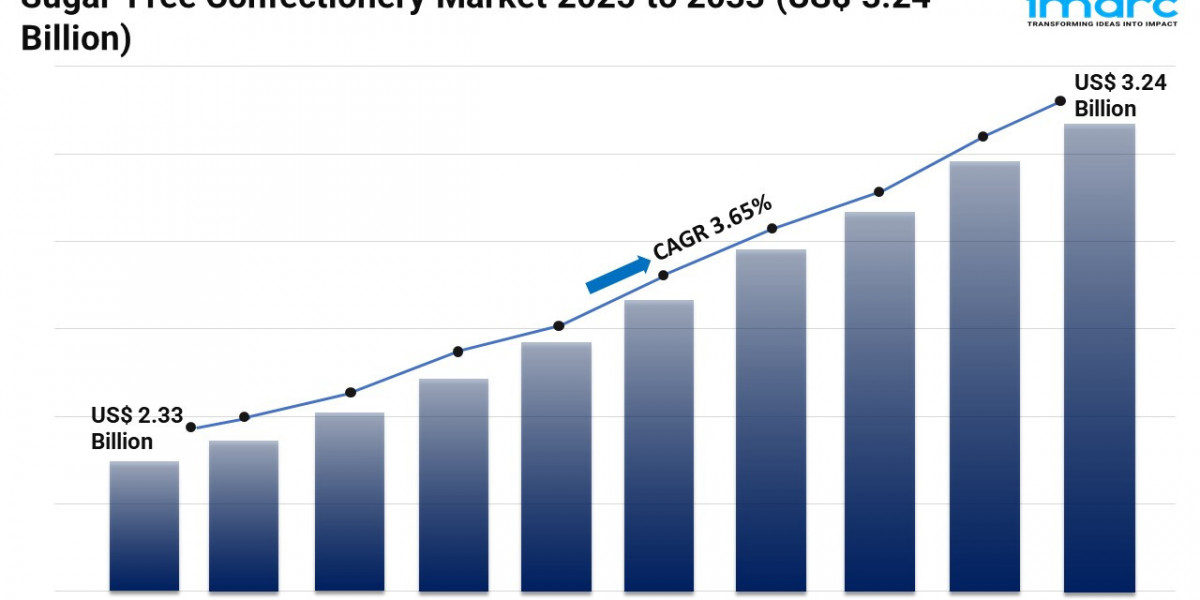Medical elastomers, also known as thermoset elastomers, are a class of polymers that are highly elastic and flexible. They possess ideal mechanical properties for use in a wide variety of medical devices and implants. Some key characteristics of thermoset elastomers include high elasticity, flexibility, biocompatibility, chemical resistance, and durability. These properties make them well-suited for applications that require flexible tubes, seals, gaskets, and parts that experience compression or expansion during use.
Silicone Elastomers
Silicone elastomers are one of the most commonly used types of thermoset Medical Elastomers. They offer outstanding biocompatibility, flexibility over a wide temperature range, and resistance to chemicals, moisture and aging. Silicone is recognized as one of the most inert materials for medical applications. Various grades of silicone elastomers are used in everything from catheter components and surgical tubing to implants, prosthetics and pacemaker seals. Their flexible and elastic properties allow them to expand, contract or bend without cracking or breaking. Silicone elastomers also offer heat resistance from -115°C to 260°C, making them suitable for sterilization.
Applications of silicone elastomers in the medical industry include:
- Catheter components: Silicone tubing is used extensively in urinary, feeding and intravenous catheters for its flexibility and resistance to kinking.
- Surgical and examination gloves: The elastic properties of silicone allow surgical gloves to conform closely to the hand without constricting movement.
- Breast implants: Silicone gel-filled breast implants rely on an durable silicone elastomer shell to maintain shape and integrity long-term.
- Orthopedic devices: Silicone elastomers are well-suited for prosthetic joints, implants and artificial ligaments/tendons that need to withstand compression and flexing over many years.
- Pacemaker seals: Silicone o-rings and gaskets provide a hermetic barrier between electronics and body fluids in pacemakers and defibrillators.
Thermoplastic Elastomers
Another major category of medical elastomers is thermoplastic elastomers (TPEs). Unlike thermoset elastomers which cure chemically, TPEs retain elastomeric properties while maintaining a thermoplastic character. Common TPEs used medically include styrenic block copolymers (SBCs), thermoplastic polyurethanes (TPUs), and copolyester elastomers.
TPEs offer advantages over traditional rubbers like easier processing, tighter dimensional control and better colorability. They also provide greater flexibility in manufacturing as TPE parts can be injection molded, extruded or blown into net shape components. Areas where TPEs see extensive application include:
- Orthotic devices: SBCs and TPUs are well-suited for ankle-foot orthoses and posture correction braces requiring flexibility, compression and comfort.
- Catheters and tubing: TPE tubing meets the requirements for low-friction internal surfaces and flexibility in urinary catheters.
- Synthetic latex: SBC and TPU formulations mimic the elastic properties of natural latex for examination and surgical gloves with enhanced strength and resistance to chemicals.
- Wound care devices: TPEs can be formulated with antimicrobial components for use in bandages, dressings and drainage tubes.
- Endoscopy components: Flexible scopes, inserts and valves utilize TPEs for their elasticity and ability to withstand repeated flexing and compression.
Polyisoprene and Latex Elastomers
Natural rubber from the latex of the rubber tree (Hevea brasiliensis) has a long history of medical applications. However, concerns over allergic reactions to natural rubber latex have led to the development polyisoprene synthetic latex formulations as an alternative.
Advantages of polyisoprene over natural latex include:
- Significantly lower protein content reduces allergic potential compared to natural latex.
- More consistent quality without seasonal or regional variations in properties.
- Enhanced mechanical properties like tensile strength and fatigue resistance optimized for long-term use.
Polyisoprene finds extensive use as synthetic latex in medical gloves, catheters, adhesives and other applications. It also facilitates more complex shaping over natural rubber through dip-molding or other fabrication techniques. Areas where polyisoprene dominates include:
- Examination and surgical gloves: Allergy-safe gloves are critical for both patients and healthcare workers.
- Medical tubes and balloons: Highly elastic tubing and balloon components in devices like cardiac and urinary catheters rely on polyisoprene.
- Adhesives and dressings: Adhesives and materials for breathable dressings take advantage of polyisoprene's properties.
Future Directions in Medical Elastomers
Advancements continue to expand the capabilities of medical elastomers. Nanocomposite formulations enhance mechanical properties and permeability characteristics. Antimicrobial additives help reduce infection risks. New polymer systems also widen operating temperature ranges and chemical resistance.
Going forward, developments like 3D printable elastomers will facilitate customization and more complex part geometries not possible with traditional methods. Biodegradable elastomers may offer more sustainable single-use devices. Self-healing formulations could lengthen service lifetimes. Overall, medical elastomers remain a cornerstone class of materials for producing flexible, cost-effective components that benefit healthcare.
Explore More Related Article On- Ticagrelor Market
For Deeper Insights, Find the Report in the Language that You want.
About Author:
Money Singh is a seasoned content writer with over four years of experience in the market research sector. Her expertise spans various industries, including food and beverages, biotechnology, chemical and materials, defense and aerospace, consumer goods, etc. (https://www.linkedin.com/in/money-singh-590844163)








